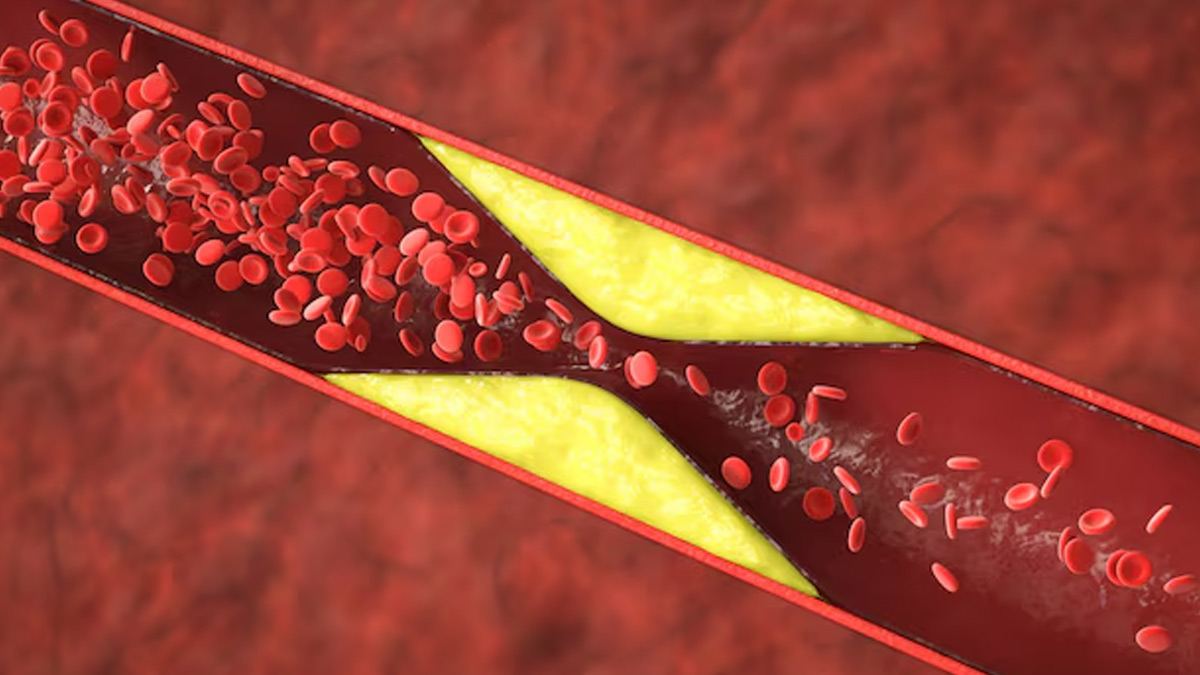
Cholesterol is a naturally occurring substance found in the cells of the body. As opposed to popular opinion, cholesterol is actually beneficial for health. It not only helps in building healthy cells but also assists in producing hormones. However, too much cholesterol, particularly ‘bad’ or Low-Density Lipoprotein (LDL) cholesterol, can increase the risk of heart disease.
Table of Content:-
While high cholesterol is often referred to as a silent killer, meaning it does not show any signs or symptoms, in some people, there may be certain indications. Persistent cold hands can be one of them, and Dr Vikrant Khese, Cardiologist, Apollo Clinic, Kharadi, explains how.
Also Read: Snack Smart: How American Pecans Can Boost Your Heart Health Naturally
Can High Cholesterol Lead To Persistent Cold Hands?

High cholesterol can lead to plaque buildup in the arteries (atherosclerosis), which reduces blood flow, explains Dr Khese. “When this occurs and the blood flow to the extremities is compromised, it results in poor circulation, potentially causing cold hands or feet, pain, or more serious complications like Peripheral Arterial Disease (PAD).
PAD refers to a condition that occurs when narrowed arteries reduce blood flow to the legs and feet. This is often due to the buildup of plaque in the arteries. People with PAD often experience reduced blood flow to their legs and feet, also known as poor circulation.
According to StatPearls Publishing, PAD affects over 20 crore adults worldwide, and the incidence of PAD increases to as high as 20% in people over the age of 70.
Other Conditions That Can Cause Cold Hands

Cold hands and feet can sometimes be more than just a response to chilly weather; they might be a sign of an underlying health issue. Poor circulation, nerve damage, or hormonal imbalances can all contribute to a constant feeling of cold in the extremities. Some common medical conditions (other than high cholesterol and PAD) that may cause this include:
- Raynaud’s Phenomenon
- Hypothyroidism
- Anaemia
- Diabetes Mellitus
- Scleroderma
- Lupus
- Buerger’s Disease
Also Read: Worried About Your Heart Health? Here's Why You Should Add Grape Leaves In Your Diet
When Should You Get Tested For Cholesterol?

It is crucial to get tested if you have persistent cold hands accompanied with other concerning symptoms. These include:
- Numbness or tingling
- Colour changes (white, blue, or red fingers)
- Pain or cramping in limbs when walking (claudication)
- Sores or wounds that are slow to heal
- Weak or absent pulses in the wrists or ankles
- Shiny or thin skin on legs or feet
Conclusion
If your hands often feel unusually cold, and especially if you’re also noticing tingling, colour changes, or discomfort while walking, it might be your body’s way of indicating something more concerning. Cold hands alone don’t mean you have high cholesterol, but they can point to poor circulation or conditions like PAD. Getting a simple cholesterol test can provide clarity. It’s always better to listen to your body and check in with a doctor rather than brush off the signs.
Also watch this video
How we keep this article up to date:
We work with experts and keep a close eye on the latest in health and wellness. Whenever there is a new research or helpful information, we update our articles with accurate and useful advice.
Current Version